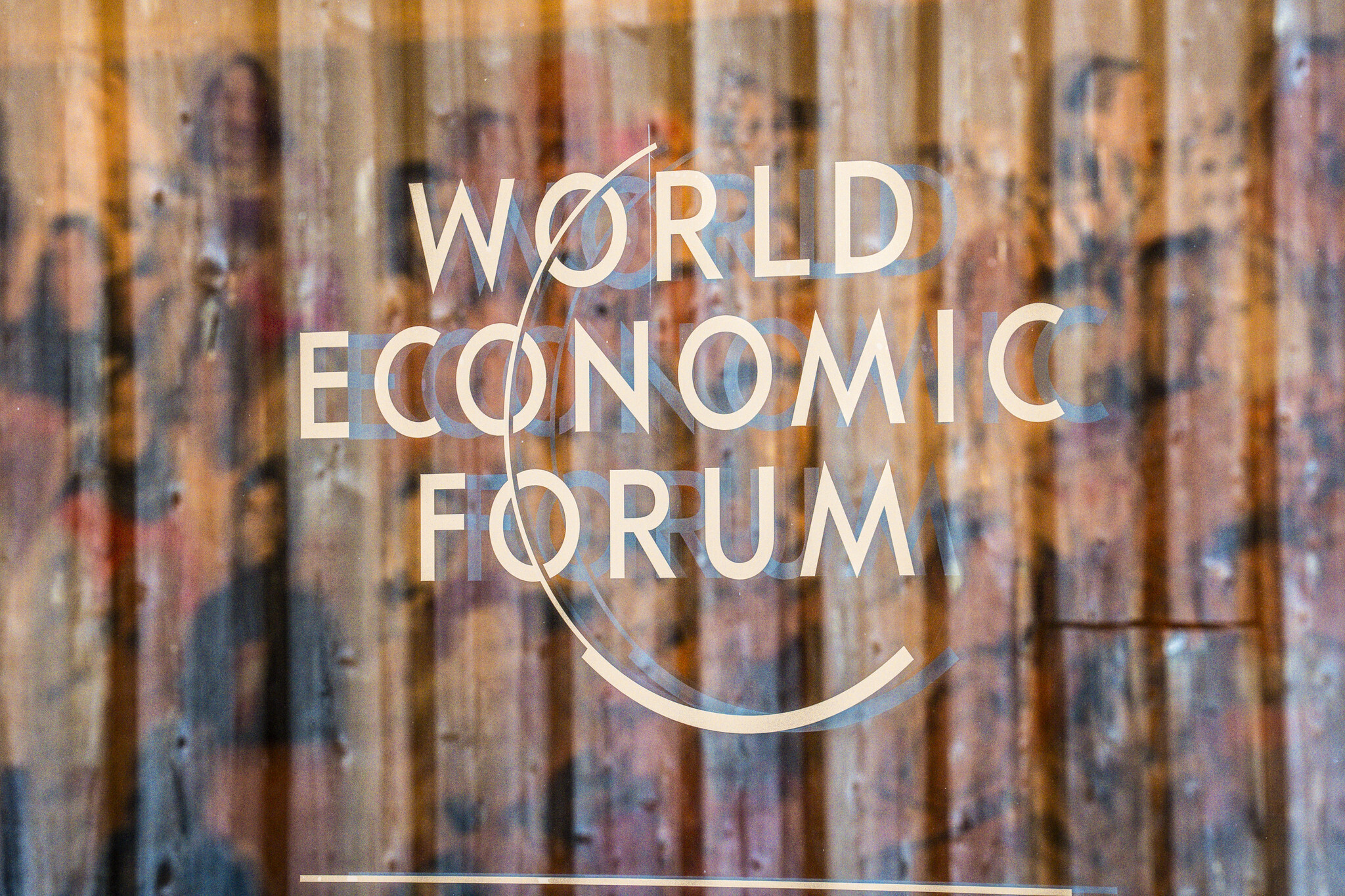Digital twins can boost mining output to drive the energy transition. Here's how

The mining industry is critical to the energy transition. Image: Akselos.
Listen to the article
- Demand for raw materials for clean energy technologies will increase exponentially as the energy transition progresses.
- Mining companies face several challenges to get the most out of their equipment to maximise output.
- Digital twin technology can avoid unplanned infrastructure shutdowns, increase safety and extend asset lifespan.
The mining industry is vital in the global shift towards net-zero emissions by 2050. Clean energy technologies require vast amounts of raw materials, including copper, iron ore, lithium, and nickel, all of which must be extracted from mines. According to the International Energy Agency (IEA), an onshore wind plant requires nine times more mineral resources than a gas-fired plant.
Demand for these essential minerals will increase four-fold by 2040 as we transition to a net-zero future. At the same time, there is not enough mining capacity to deliver the raw materials needed for the transition. We need an additional 50 lithium, 60 nickel and 17 cobalt mines by 2030 to meet global net emission pledges, and it takes an average of 16.5 years for a mine to move from discovery to first production.

It is crucial, therefore, that the mining industry get as much out of the existing infrastructure as possible to deliver the raw materials needed for the energy transition.
Navigating asset optimisation challenges in the mining industry
The mining industry faces several significant challenges that limit its capacity to optimise the efficiency of existing assets and increase output to match rising demand. One of the key challenges lies in the ageing infrastructure, which is rapidly nearing the end of its design life. The upkeep of this worn-out infrastructure necessitates regular maintenance, often turning into a costly affair.
Additionally, unplanned asset downtime poses a substantial hurdle. This often stems from an insufficient understanding of asset integrity. Lack of comprehensive knowledge about the condition and performance of assets hampers effective prediction and prevention of operational disruptions.
How is the World Economic Forum facilitating the transition to clean energy?
Lastly, another persistent challenge is accurately understanding the true remaining life of aged assets. This knowledge is crucial in the mining sector to optimise work and load cycles and to minimise potential safety risks.
This lack of understanding hinders effective management and maintenance planning and prevents companies from identifying critical hotspots. The inability to detect such hotspots and focus maintenance and inspection where it matters most can lead to costly shutdowns of up to $1 million per day for reclaimers. Consequently, there is a growing need for the industry to adopt advanced technologies to overcome these challenges and optimise asset utilisation.
Digital twins: a next-generation solution

In response to these challenges, digital twin technology is emerging as a potent tool. By creating a precise, virtual replica of physical assets, digital twins grant mining operators a higher level of visibility into their assets than was previously possible. These digital counterparts accurately mirror the state of their physical twins, showcasing the assets' current health, performance and estimated lifespan in real-time. This real-time diagnostic ability permits mining operators to detect minor problems before they escalate into significant issues, allowing for predictive maintenance and consequently a reduction in unplanned downtime.
Moreover, with the ability to visualise and understand the remaining life of their assets, operators can plan for replacement or heavy maintenance, preventing unnecessary strain on ageing infrastructure and reducing potential safety risks. Thus, adopting digital twins maximises asset utilisation and enhances the industry's capacity to fulfil the ever-increasing demand for raw materials in the clean energy transition.
Digitising the entire production chain

At Akselos, we envision a future where advanced technology aligns with sustainability goals in the mining industry. We are actively working to support this industry in its quest to drive the planet towards net-zero.
Our technology enables us to develop digital twins across an entire mining production chain, often consisting of approximately 100 critical assets in a large mine. We've successfully designed and implemented these digital replicas for various pieces of equipment, including shiploaders, excavators (specifically the booms) and reclaimers.
In addition, we can apply our software to other key mining components such as stackers, trucks, freight trains that carry the raw materials by rail and the ships that eventually deliver to market.
The full potential of digital twin technology is only realised when deployed across an entire site, where benefits accrue exponentially as assets are linked together. By leveraging site-wide digital twins, decision-makers are empowered to make decisions that are more informed and strategic, ultimately optimising operational efficiency. Additionally, a comprehensive approach allows for a more proactive maintenance plan, reducing downtime and coordinating efforts across the site rather than in isolation.
A digital future
By harnessing the power of digital twins, we're turning the miners' pickaxe into a data-driven tool, reshaping the landscape of the mining industry. By addressing the industry's inherent challenges and amplifying asset efficiency, we're not just digging deeper into the Earth – we're delving into a future where mining is the bedrock of our net-zero ambitions. This isn't just about unearthing minerals; it's about unlocking potential and turning raw data into valuable insights that drive us towards a cleaner, sustainable tomorrow.
Don't miss any update on this topic
Create a free account and access your personalized content collection with our latest publications and analyses.
License and Republishing
World Economic Forum articles may be republished in accordance with the Creative Commons Attribution-NonCommercial-NoDerivatives 4.0 International Public License, and in accordance with our Terms of Use.
The views expressed in this article are those of the author alone and not the World Economic Forum.
Stay up to date:
Modern Mining
Related topics:
Forum Stories newsletter
Bringing you weekly curated insights and analysis on the global issues that matter.
More on Forum in FocusSee all
Gayle Markovitz
October 29, 2025







